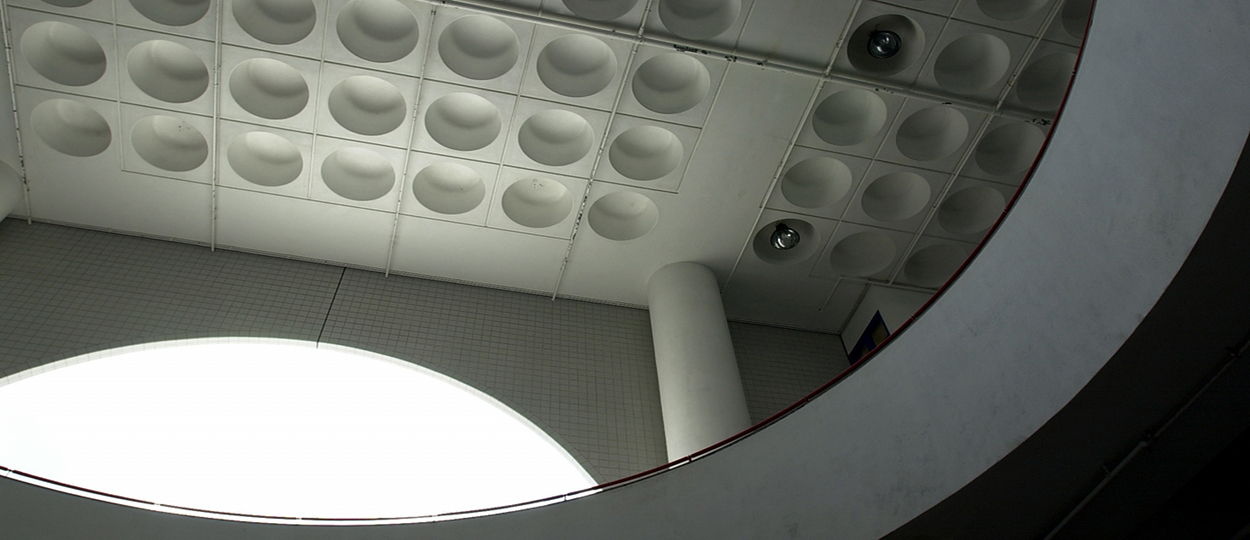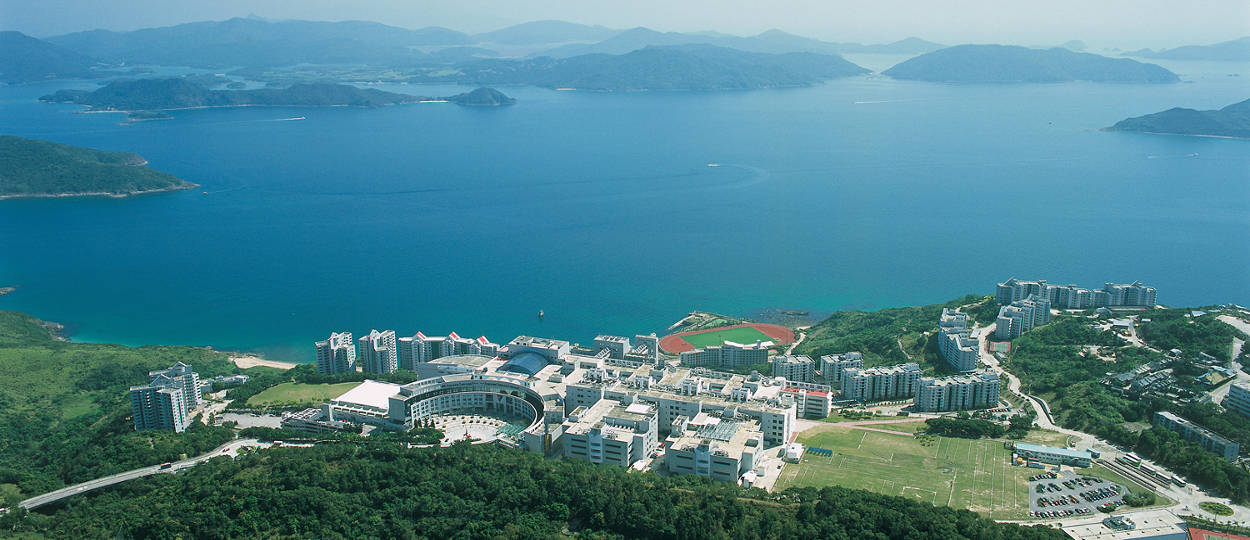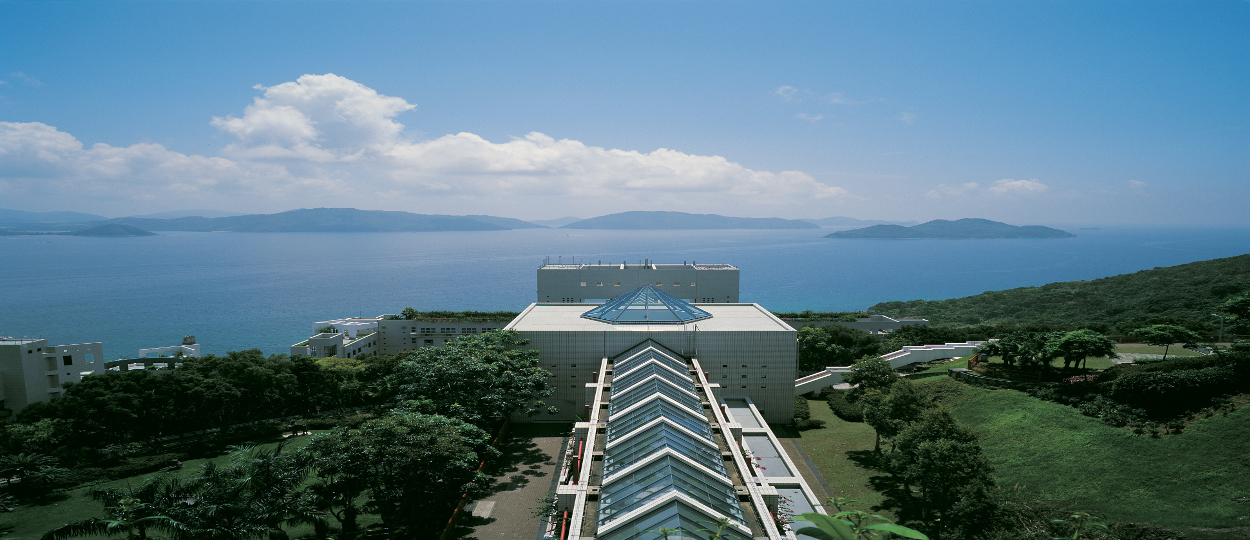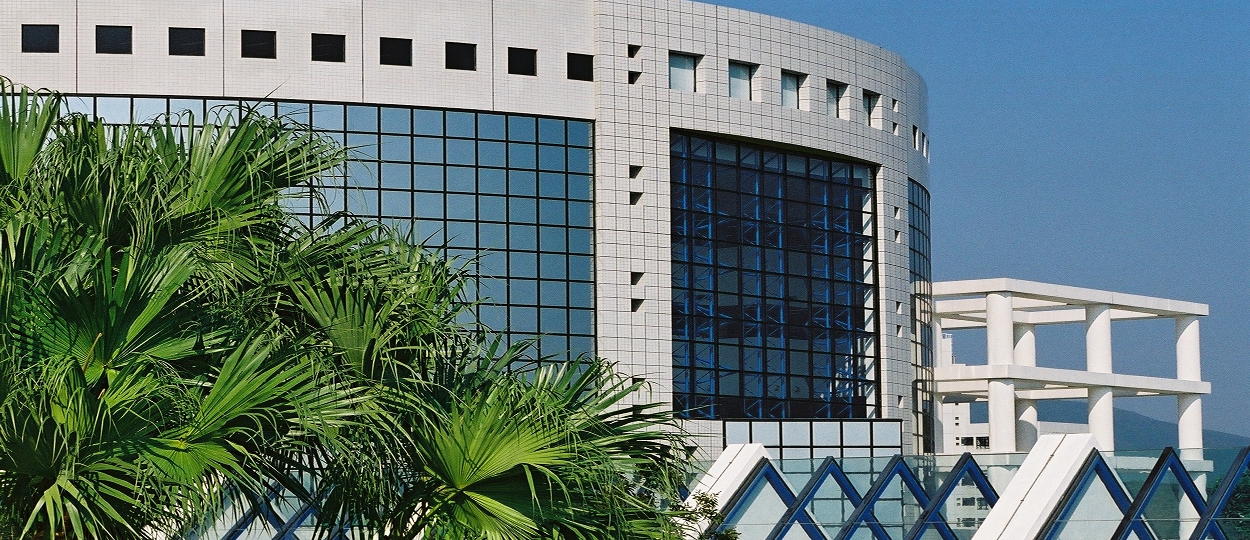
Chair Professor of Electronic and Computer Engineering
“There are more opportunities here in applied research, with government and industrial funding. Also, China is up-and-coming, and we are hoping to play a leadership role in its high-tech innovations.”
IEEE Fellow Kei May Lau saw the light 25 years ago. Now the rest of the world is catching up. Her longtime research in LEDs—now coming into environmental vogue because they last years longer than fluorescent lights and use only a fraction of their power—and high-speed semiconductor devices led to her being named a Fellow by the Croucher Foundation of Hong Kong.
The foundation awards science and technology professors from the territory’s eight universities with fellowship grants to pursue innovative research in their respective fields.
Lau is a professor of electronic and computer engineering and founding director of the Photonics Technology Center at the Hong Kong University of Science and Technology (HKUST). Her school received a US $100 000 grant from the foundation—which it plans to use to hire substitutes so Lau can pursue her research full time.
“Although the foundation’s grants are for science and technology academics, most recipients are scientists,” she says. “Engineers like me who work on research are less likely to be recognized. It’s more glamorous doing research leading to a cure for cancer or finding the origin of the universe. As IEEE Spectrum columnist Bob Lucky once said, `There are many famous inventions by engineers, but no famous engineers.’”
Lau’s research involves finding ways to integrate compound semiconductor transistors with silicon to increase the speed of integrated circuits, and to manufacture low-cost LEDs for general lighting. LEDs have been around since the 1970s, initially in red, yellow, and green. Early ones were bright enough to power only the tiny indicator lights in electronic equipment. Although white LEDs were introduced in the 1990s, it was only a few years ago that the evolution of semiconductor materials, chip design, and optics, and the thermal management of LED lamps, enabled researchers to make them powerful enough for lighting streets and offices.
“Everyone knows they’re long-lasting, energy-saving, and environmentally friendly, meaning they have no mercury, unlike many energy-saving bulbs,” Lau says. “Still, the cost of manufacturing them is high compared with a regular light bulb, so now the race is on to make them less expensively. One of my big projects is to put LEDs on a silicon platform—which would lower manufacturing costs but is relatively difficult to do.”
Born and raised in Hong Kong, Lau headed to the United States for college. She received bachelor’s and master’s degrees in physics from the University of Minnesota in Minneapolis in 1976 and 1977, but switched to electrical engineering for her Ph.D., which she earned in 1981 from Rice University, in Houston.
“I’m a practical person,” she says, laughing. “When I applied to Rice, a lot of people told me how difficult it was to get a job in physics.” Lau decided to study engineering, instead. “In physics labs, I had fun figuring out how to make things work—which is a lot of what engineering is about.
“There is a lot of physics in what I do,” she says. “Doing academic research, my job is to show students the connection between quantum mechanics and semiconductor physics, and how those theories can be used to make new products.”
Lau joined IEEE as a student member at Rice. “I liked the sense of community and getting to meet other professionals,” she says. “Plus, student membership was only around (US) $10.”
From 1980 to 1982 she was a senior engineer working on microwave semiconductor components at M/A-COM Gallium Arsenide Products, in Burlington, Mass. She spent the next 18 years as a professor in the electrical and computer engineering department at the University of Massachusetts, Amherst. She took sabbaticals in 1989 to do laser research at the MIT Lincoln Laboratory and from 1995 to 1996 at the DuPont Central Research and Development Laboratory, in Wilmington, Del., developing acoustic sensors. In 1998 she spent six months at her Hong Kong school as a visiting professor.
Along the way, she was a member of the IEEE Electron Devices Society’s administrative committee and editor of its IEEE Transactions on Electron Devices, and she was on the electronic materials committee of the American Institute of Materials Engineers Minerals, Metals, and Materials Society.
In 2000, seeking to give her daughter a sense of her heritage and Hong Kong’s multiculturalism, Lau accepted a permanent post at HKUST. “Hong Kong is an exciting, fast-paced international city,” she says. “There are more opportunities here in applied research, with government and industrial funding. Also, China is up-and-coming, and we are hoping to play a leadership role in its high-tech innovations.”
Source:IEEE Institute










